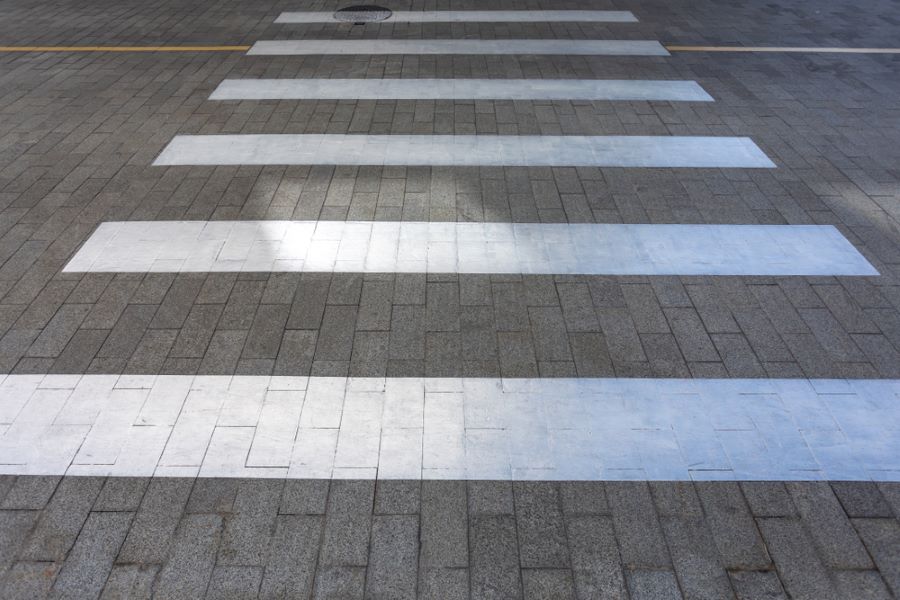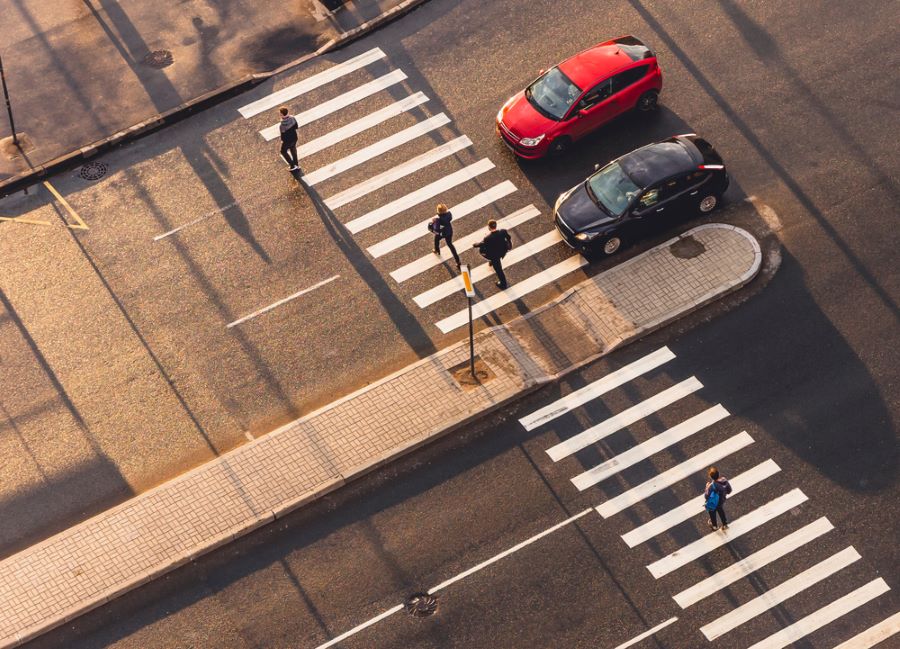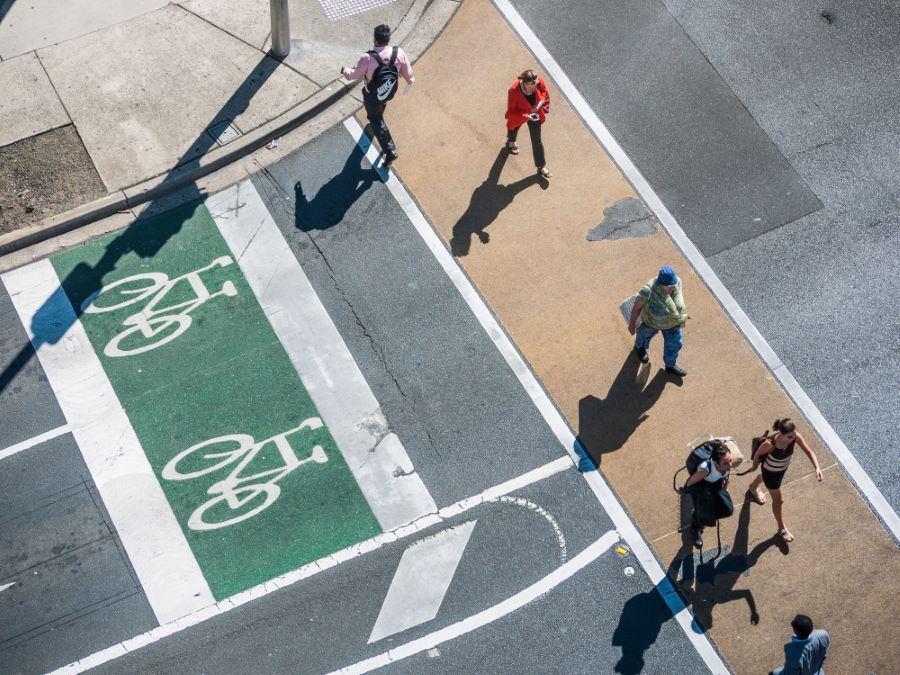Pedestrian crossing markings are an essential part of road safety for both tourists and residents. These markings signal drivers to slow down because they’re approaching a part of the road where they may encounter pedestrians on the road.
In the 2022 Metro Manila Accident Reporting and Analysis System (MMARAS) by the Metropolitan Manila Development Authority (MMDA), it was reported that 14.66% of people involved in car accidents are pedestrians. Whereas 9.66% of motorcycle-related crashes involved injuring or killing pedestrians. Both statistics are very alarming. Combined with the fact that road traffic injuries are the leading cause of death among Filipinos between the ages of 15 and 29, and is also a major killer among children, it only makes sense that the country takes steps to make the roads much safer.
The establishment of pedestrian crossings enforces the point that everyone has the right to it while encouraging mobility and protecting those most vulnerable to traffic incidents – pedestrians.
Why are Pedestrian Crossings Important?
Pedestrian crossings give pedestrians the right of way on the road. These markings are important to road safety for both pedestrians and drivers, especially on roads with high-volume traffic. On a pedestrian lane, pedestrians are prioritized, and they’re given a space where they can cross the road safely. This is because the presence of a pedestrian lane should automatically signal to pedestrians that they must reduce the speed of their vehicles.
Types of Pedestrian Crossing Markings
Now that you know how important pedestrian markings are for road safety, let’s talk about the different types of pedestrian crossing markings that are utilized by the Philippine government.

Longitudinal Zebra Bars
Zebra bars are the typical pedestrian crossing marks that you see. They have alternating black and white parallel stripes that resemble a zebra’s stripes.
Longitudinal zebra bars must not be less than four meters long with gaps equal to the width of the bars. They must also be placed parallel to the road’s center line. The bars must also follow the following size:
- 300-millimeter longitudinal bars if the maximum speed on the road is less than 60 km/h,
- 600-millimeter longitudinal bars if the maximum speed on the road is more than 60 km/h.

Staggered Zebra Bars
Staggered zebra bars are often utilized on roads with four or more lanes that have an island in between.
These staggered zebra bars must not be less than two meters long, and they must have equal gaps between the bars. The bars must also follow the following size:
- 300-millimeter longitudinal bars if the maximum speed on the road is less than 60 km/h,
- 600-millimeter longitudinal bars if the maximum speed on the road is more than 60 km/h.

Crosswalk
Crosswalks are a pair of solid white lines that are placed across a road surface. The pair of white lines must not be less than four meters and not be more than eight meters apart. The required size for these white lines is as follows:
- 150 millimeters if the maximum speed is less than 60 km/h.
- 300 millimeters if the maximum speed is more than 60 km/h.
When are Pedestrian Crossings Installed?
If you think that pedestrian crossings can just be installed whenever one feels like it, then you’ll be surprised that this isn’t the case.
Before pedestrian crossings are installed, the government must first study the traffic and the number of people crossing in that area. Once this information has been gathered, the government can then approve the size of the pedestrian crossing.
This is the metric that the government uses:
The number of pedestrians crossing within 30 meters of the proposed site:
- Zebra longitudinal bars for 100 – 150 people crossing per hour.
- Zebra staggered bars for more than 150 people crossing per hour.
What Makes a Good Pedestrian Crossing?
While there are specific requirements for pedestrian crossings, just following these doesn’t make it a good one. There are still some additional steps that can make a pedestrian lane good. Here are some of them:
- Adding a reflective pedestrian crossing sign at least 6 to 15 meters in advance from the crosswalk.
- Using high-visibility paint for pedestrian lanes to make it safer for pedestrians at night.
- Utilizing road marking equipment to ensure that pedestrian lanes are painted according to standard.
By incorporating these different practices on pedestrian crossings, it can be much safer to use for everyone. But you need to make sure that you’re getting high-quality materials that can stand the test of the Philippines’ mercurial weather and time.
If you’re looking for high-visibility pedestrian paint that can help make pedestrian crossings safer, make sure to reach out to us at Rua Seguridad.



